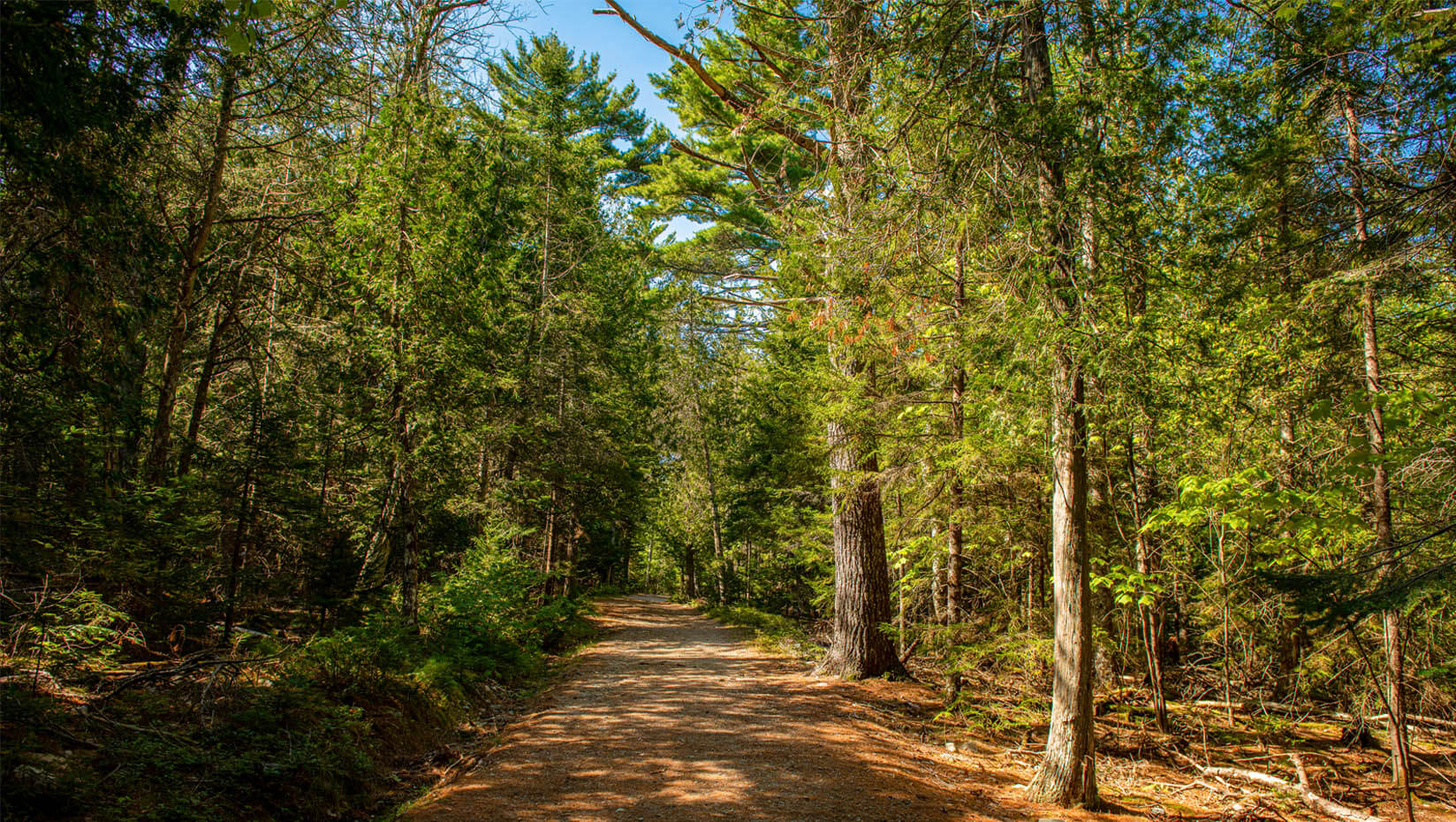
Ticks congregate in certain areas of Acadia National Park, UMaine study shows
Acadia National Park is one of the most beautiful and popular places to visit in Maine, for tourists and residents alike. With so many visitors, Acadia is a hotspot location for exposure to tick borne diseases, which are on the rise in the state. A new study from the University of Maine has found clusters of tick populations in the park, which could help inform prevention strategies for tick-borne illnesses like Lyme disease.
Former UMaine master’s student Sara McBride, now a medical entomologist for the Indiana Department of Health, and Allison Gardner, associate professor of arthropod vector biology at the University of Maine School of Biology and Ecology, led a team of researchers from UMaine, Cornell University and the National Park Service in overlaying tick surveys with ecological habitat feature data to model the risk of exposure to tick-borne disease in Acadia National Park. The researchers collected blacklegged ticks at 114 sites across the park over two years and mapped that data out on the park’s landscape features. The results showed that tick density varies significantly across the park, but is particularly high in areas with deciduous forest cover and relatively low elevation, especially the northeast area of Mount Desert Island.
“Understanding the spatial distribution of tick exposure risk in the park may ultimately inform practical environmental and public health management strategies,” says Gardner. “For example, the National Park Service could post informational signage in areas that have high tick densities, or build boardwalks in known tick habitat.”
The researchers then chose 19 of the sites and looked more deeply at the microclimate conditions, vegetation and activity of tick host species like mice and deer to further explore the fine-scale patterns of tick distribution. They found significant differences in microclimate conditions and vegetation across the sites, but not in host activity. Mean temperature and mean humidity at the sites correlated with tick nymph populations and may provide a link between landscape features and blacklegged tick densities.
“Sara [McBride]’s study is novel in her attempts to link broad associations between tick densities and landscape features with the fine-scale microhabitat conditions that are directly experienced by ticks and may influence their survival and host-seeking behavior,” says Gardner.
The researchers also tested ticks and small mammals in the area for multiple tick-borne pathogens and found a variety of them, including the pathogens that cause Lyme disease, babesiosis and anaplasmosis. Therefore, the results could help inform the exposure risk for different areas of Acadia National Park.
The study was supported by Schoodic Institute at Acadia National Park through a Second Century Stewardship Fellowship.
The study was published Oct. 22, 2022, in the Journal of Medical Entomology.
Contact: Sam Schipani, samantha.schipani@maine.edu
